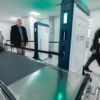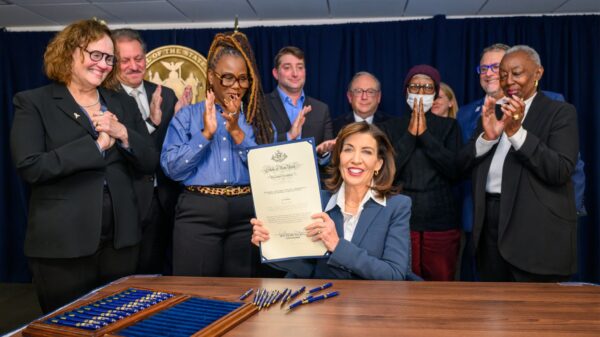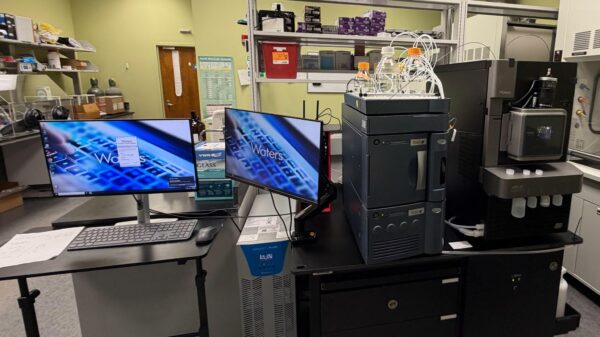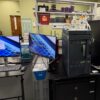New research from Stanford Medicine has shown that completing breast and lung cancer screening simultaneously could help significantly boost the rate of uptake among women. Few eligible females are choosing to undergo lung cancer screening, a problem in need of a viable solution.
As highlighted by Stanford in a blog post on Friday, 72 per cent of eligible women in the United States have been receiving mammograms while only 5 per cent are getting a low-dose CT scan to examine their lungs. These numbers are particularly concerning when considering that lung cancer kills about 50 per cent more women in the United States each year than breast.
The lack of enthusiasm and awareness about getting screened for the world’s deadliest cancer is very worrying. Many of the school’s recently published study participants, 47 per cent, were wrongfully concerned about the cost, unaware that it is covered by American insurance in the routine health screening category.
The prominent institution’s assessment was completed in 2022 and 2023 before being published in the Journal of Surgical Research in March after thorough review. It involved screening 54 eligible women, average age 57, with a history of smoking. The aim of this most recent study was to learn about new awareness and attitudes of those who underwent the dual checks.
The research determined that 58 per cent of them lacked knowledge about LCS eligibility going in, but found that 84 per cent said they would happily undergo dual screening in future years afterward. This finding highlights that educating the eligible female population about the convenience of getting checked for both diseases at once can improve the rate of screening uptake.
“Pairing breast and LCS is a feasible, acceptable intervention that, along with increasing patient and provider education about LCS, can increase LCS uptake and reduce lung cancer mortality,” the authors concluded in their article.
Catching lung cancer in its earliest stages is the key to improving survival rates dramatically.
“The potential benefits of combining these two screening modalities is further supported by evidence demonstrating that there is a substantial population of LCS-eligible women undergoing mammography [72 per cent] who are not getting screened for lung cancer [95 per cent].”
Stanford researchers previously published research on this topic in 2024 and 2022.
Read more: Breath Diagnostics now offering a compelling investment opportunity
Read more: Breath Diagnostics gives the public the chance to join the fight against cancer
Follow Rowan Dunne on LinkedIn
rowan@mugglehead.com














